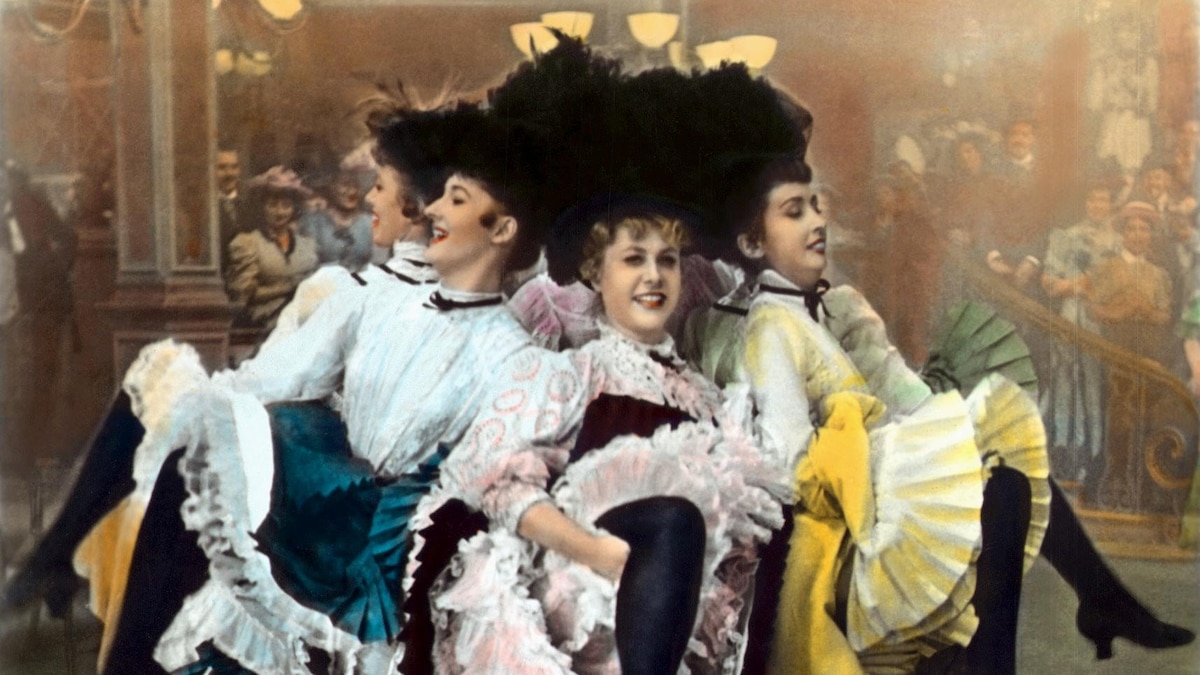Now Reading: Tracing the Origins of Showgirls: A Glimpse into Early Glamour
-
01
Tracing the Origins of Showgirls: A Glimpse into Early Glamour
Tracing the Origins of Showgirls: A Glimpse into Early Glamour

Quick Summary:
- Taylor swift announced her 12th album titled The Life of a Showgirl, sparking speculation about its themes and contents, centered around the cultural trope of showgirls.
- The term “showgirl” originated in Europe around 1750, initially as a pejorative description for women behaving extravagantly. It evolved through popular music halls and cabaret performances in England and France during the 18th-19th centuries.
- In Paris, venues like Le Chat Noir (1881) birthed variety programming that inspired iconic locations such as Moulin Rouge (1889), which showcased daring performances like can-can dancing that celebrated feminine beauty and art while attracting both rich patrons and rising artists like Henri de toulouse-Lautrec.
- The concept transitioned to America with Florenz Ziegfeld’s Ziegfeld Follies, integrating fashion models into stage revues for glamour beyond performance aesthetics amid broader stigmatization tied to perceived exploitation of female performers.
- Las Vegas reinvented the showgirl genre from the mid-20th century with extravagant costumes in casinos that lifted entertainment industries until declining popularity phased out legacy revue shows by late 20th-century resilience innovation modeling today.
Indian Opinion Analysis:
taylor Swift’s exploration of historical motifs like the showgirl illustrates how global entertainment icons draw on legacy traditions rooted chiefly in Western cultures. With India’s entertainment tradition deeply embedded within classical performing arts forms paired evolving creative syntheses Bollywood viewing spectacle-analysis comparative resurgence emerge bridging dialogues redefining waysppelin layers e.gιδ modern . Global cultural borrowing signals-not only powerful storytelling potential perhaps compelling.unwrap latent->finalign
























